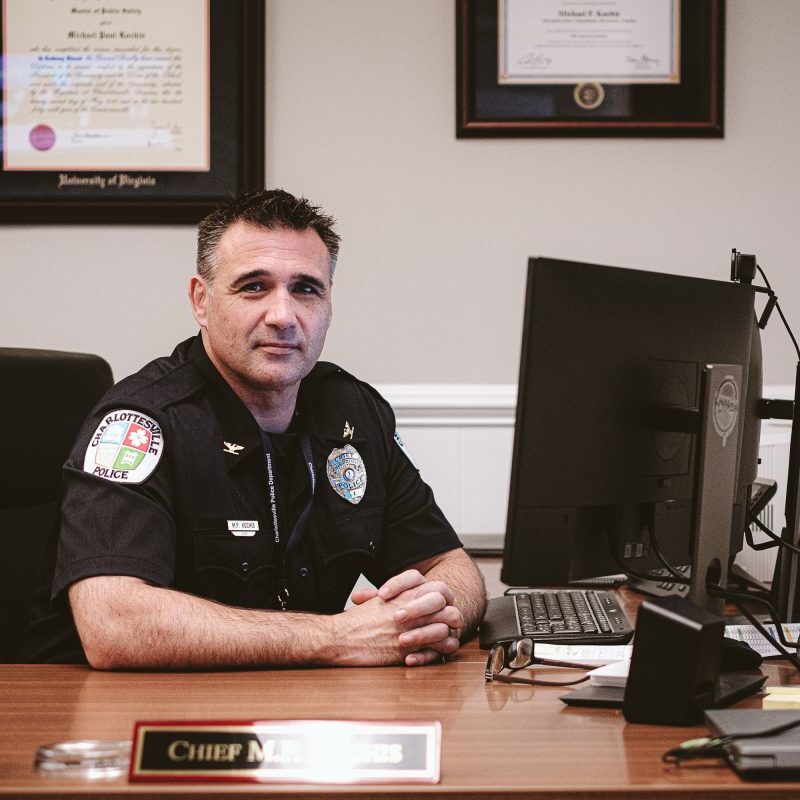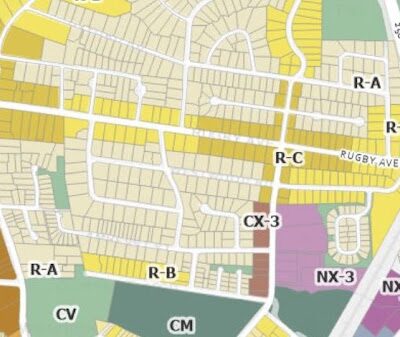Yellow is the color of sorority. It’s also a three-sided hue. Red, blue and black are quadratic. I shall explain.
|
Bottle of red? Not quite. Maggie Small is held aloft by Jesse Bechard, David Neal, Thomas Ragland and Fernando Sabino in Richmond Ballet’s premier performance of “Lines Squared” by choreographer Jessica Lang. |
Last week, Richmond Ballet presented a couple of works in the intimate Studio 1 performance space located on the third floor of their impressive Canal Street building. One of the two, “Lines Squared,” was a premiere by choreographer Jessica Lang. She has worked with the company before to charming effect, and the new dance—crisp and tightly edited—is an able and smart tribute to Piet Mondrian, the Neo-Plasticist painter whose geometric, primary-colored form of abstraction is these days so recognizable. Lang showed the dancers to fine advantage.
As black rectangles fill the backdrop, four groups of four dancers populate the stage, outfitted in identical black boyshorts and short-sleeved keyhole tops. The first section, “Black,” is a study in 4 x 4 locomotion, all straight-legged lurches with not a touch of classical ballet turn-out to be seen. The effect stays clear of robotics, however, and conveys instead an urban and efficient mood, enhanced by the clanging and industrial music of either John Metcalfe or Thomas Metcalf. (I’m unsure which of the dance’s two composers created the sounds for that opening section.)
“Red” follows, for four men and one woman. If black is the color of perambulating, then red is the color of partnering. The always-pleasing Maggie Small invites the question “Who’s zooming who” as she and her quartet of cavaliers flow between corkscrew lifts and witty open-palmed square shapes.
Which brings us to “Yellow,” the prime-numbered formation in the work. Three bare-midriffed women in sunshiny running skirts preen and skip and generally present themselves as chorine Heathers. The Lemon Sisters, I called them in my mind, answered in all their insouciance by a toy piano sound in the score.
As seems fitting, “Blue” is the melancholy section, with the aching lyricism of lead couple Lauren Fagone and Thomas Garrett echoed by the harder lines of two other couples, whose comparative lack of emotion is reflected in the somewhat sharper attack of their choreography and by their black costumes, too. Blue is the color that romance gets to, it seems, once the lines are filled in. Soft, sad, pretty, billowing…
Lang puts all four colors back on stage for her conclusion, which for my taste, works a bit hard to keep the audience happy on the way out the door. It is the one false note in a salute to Mondrian, who seemed content to leave viewers with a few unanswered questions in his compositions.
As to the first piece on the bill, George Balanchine’s modern classic “Apollo,” the oldest-surviving piece by the 20th century’s dance genius, all I can say is, Would that the highway exits were constructed with Mondrian-like precision and that we had left Charlottesville earlier. We arrived too late to see “Apollo” from inside the theater, and were accommodated with a live video feed. Hence, I can offer no review, though I was excited at the prospect of seeing the company in the piece, a lifelong favorite of mine. Direct comments to lameness@c-ville.com.






